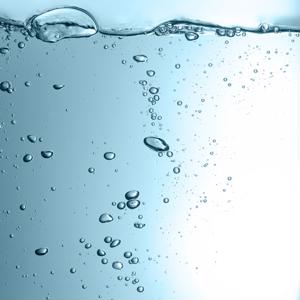Hard seltzer has become the latest trendy entry into the beer and wine category. The problem facing brewers large and small is how to label and package hard seltzer so consumers will understand what they are buying and what to expect when it comes to flavor and nutrition.
Hard Seltzer is made in a way that’s similar to traditional beer but with a cold, natural fermentation process. Instead of malted barley fermenting, the alcohol comes from fermented sugar. Its makers are hoping it becomes the preferred alternative for those who crave more low-calorie and gluten-free options along with flavored seltzers like LaCroix. In 2017, combined sales of the six major hard seltzer brands – Nauti, Spiked, Smirnoff, White Claw, Truly and Henry’s – racked up $145 million in tracked sales according to industry strategist Good Beer Hunting.
The team behind Spiked Seltzer has been marketing its version of hard seltzer since 2013, mostly in the Boston area, and told CBS MarketWatch that the biggest problem they faced in the early days was retailers’ “total confusion” about what the product actually was. MarketWatch added that there are other industry challenges indicated in a recent survey showing that only 7 percent of consumers believe alcoholic seltzer is a high-quality beverage and 28 percent of adults said they’d be embarrassed to drink it in front of their friends.
Even though hard seltzer makers are careful not to give the impression that their beverages are “healthy drinks,” attorney Alva C. Mather of DLA Piper wrote in The Legal Intelligencer that there is no specific definition legal or otherwise for what constitutes “hard seltzer.” As a result, she says there is no consistent legal treatment regarding how the the product should be produced or where it fits into existing beverage categories. If the hard seltzer doesn’t contain any malted barley, then its labeling and advertising requirements fall under the jurisdiction of the U.S. Food and Drug Administration (the FDA). The FDA requires the label include the name of the manufacturer and must disclose its nutritional facts while malt seltzers do not. While Mather warns that truthful labeling is essential for hard seltzers regulated by the FDA, federal and state laws are far from straightforward at the moment.
Product recognition and federal compliance requirements are two reasons why hard seltzer brands are focusing on packaging and branding to drive sales. Labels typically include variations of phrasing around natural flavoring, no calories and no sweeteners or gluten. They are hoping that by providing “just the facts” in their labeling, consumers will be able to decide for themselves what’s important and whether hard seltzer is a good option.
When it’s time to revise your products’ labels and get them in line with rules and expectations, check out label printers at Optimedia Labs’ U.S. page or Canadian site.
